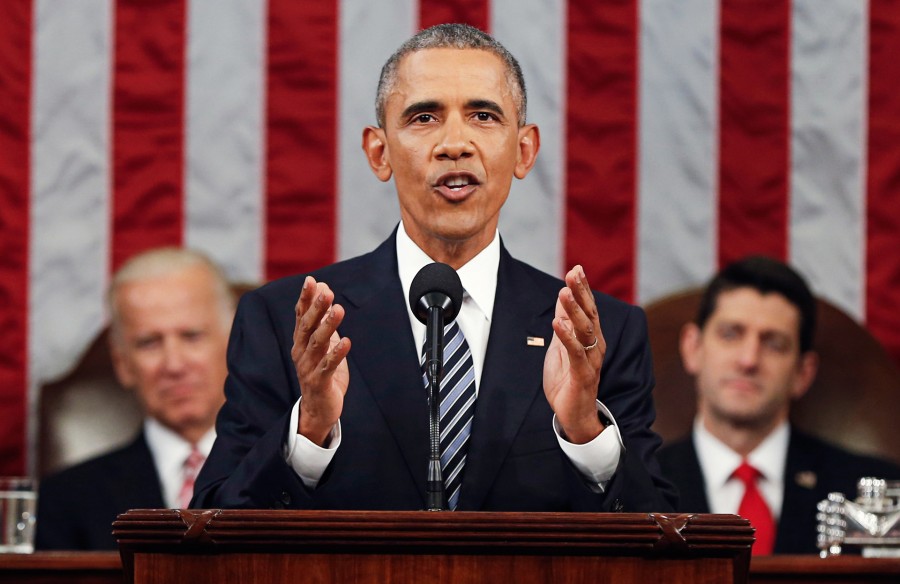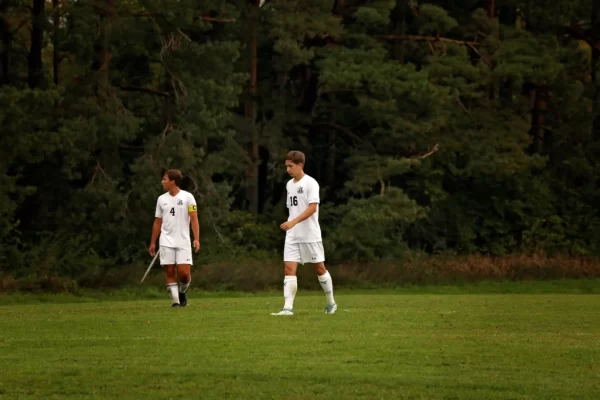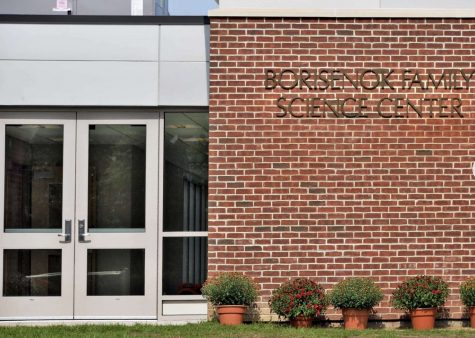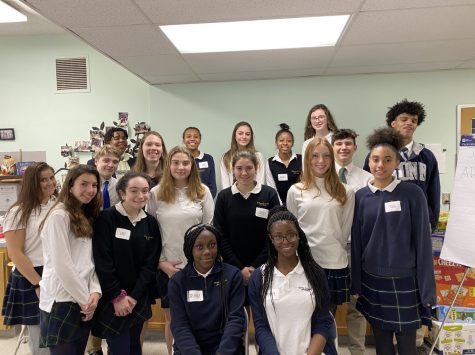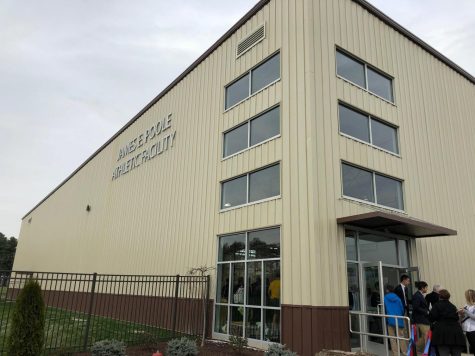Reaction to President Obama’s Final State of the Union Address
January 28, 2016
On January 12th, President Obama delivered his last State of the Union address, a speech anticipated to allay the speculations and fears of the American public. As he enters his final year of the presidency, President Obama is trying to escape the notion that he is a “lame duck.” His remaining agenda threatens to be overshadowed by partisan gridlock and a chaotic presidential race in both parties. Yet it is in situations like these that President Obama shines the most. Last year, after a devastating loss in the midterm elections that handed Republicans control over Congress, Obama defied all expectations and aggressively pushed his agenda through legislative and executive means, in areas including trade pacts, Cuban relations, education, infrastructure funding, and government spending.
This year’s State of the Union offered a glimpse of President Obama’s approach to his last year, as well as his legacy. It stood as a stark contrast to other recent speeches made by some legislative figures and presidential candidates. Obama sought to paint a brighter future filled with hope and opportunity that is well within our grasp. He states early on that “for my final address to this chamber, I don’t want to just talk about next year. I want to focus on the next five years, the next ten years, and beyond. I want to focus on our future.” Though sprinkled with legislative proposals Obama hopes to push through this year, his speech focused on the big picture and the broad implications of the decisions facing America today. The president reaches beyond the electoral politics of this year and presents four powerful questions: “First, how do we give everyone a fair shot at opportunity and security in this new economy? Second, how do we make technology work for us, and not against us – especially when it comes to solving urgent challenges like climate change? Third, how do we keep America safe and lead the world without becoming its policeman? And finally, how can we make our politics reflect what’s best in us, and not what’s worst?” I believe that these questions encompass most of the important and pressing matters of our time, and President Obama uses them to outline his and his party’s plans to address them. He draws clear distinctions between the Democratic Party’s agenda and the Republican Party’s in areas such as healthcare, the threat of terrorism, and climate change, which serves to set the stage for the presidential election.
But most importantly, Obama sought to reassure anxious Americans with an optimistic message. He referred back to periods of great turmoil and change in the US that resulted in a more united and strong nation, connecting those periods of time to current problems. Each and every time, “Our unique strengths as a nation – our optimism and work ethic, our spirit of discovery, our diversity, our commitment to rule of law – these things give us everything we need to ensure prosperity and security for generations to come.” This powerful statement cuts through the doom and gloom many of us have been surrounded with and provides a sense of reassurance and confidence that we can fix the issues of our time. And at the end of his speech, President Obama talks directly to those out there who are working hard and are determined to solve these issues but who sometimes feel their voices are not heard, saying that they represent the best of America: “That’s the America I know. That’s the country we love. Clear-eyed. Big-hearted. Undaunted by challenge. Optimistic that unarmed truth and unconditional love will have the final word. That’s what makes me so hopeful about our future. I believe in change because I believe in you, the American people.”

